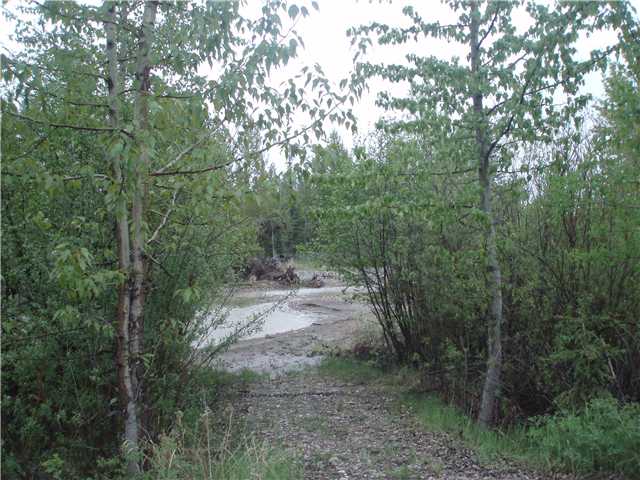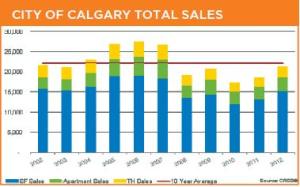Demand in all categories still strong
Calgary’s growing population, coupled with a continued shortage of listed properties, is pushing up house prices in the city.
Royal LePage’s latest house price survey, released Thursday, shows prices increased in all housing types.
It said average sale prices were particularly robust in the third quarter with detached bungalows gaining 7 per cent year-over-year to $465,411 and standard twostorey homes increasing 3.4 per cent to $446,411. Condo prices increased 5.6 per cent to $263,087.
“A sustained period of low housing inventory coupled with a healthy economy and an influx of corporate sector workers has pushed prices up further,” said Ted Zaharko, broker/owner, Royal LePage Foothills. “For some time now too many homebuyers have been chasing too few properties.”
New home prices are on the rise, too, as Statistics Canada, in a separate report, stated Thursday.
The federal agency said new home prices in Calgary increased 0.6 per cent in August, due largely to higher material and labour costs as well as a shortage of developed land.
Year-over-year, new home prices in Calgary are up 6.1 per cent, the highest in the country. Across Canada, prices are up 1.8 per cent from a year ago. On the resale front, Royal LePage’s Zaharko said listings are low in all categories, particularly the detached bungalow segment, creating competition among buyers.
The third-quarter sales period also saw additional demand from flood victims wanting to relocate.
“Buyers are acting very quickly when homes are put up for sale, which is leading to frequent multiple offer situations on all housing types,” said Zaharko. “The aggressiveness of buyers is making it very difficult for first-time buyers to break into the market.”
Nationally, the average price of a home in Canada increased between 1.2 per cent and 4.1 per cent in the third quarter.
The Royal LePage survey showed a year-over-year average price increase of 3.7 per cent to $418,686 for standard two-storey homes, while detached bungalows rose 4.1 per cent to $381,811.
Sales surged in several regions as Canadians re-entered the housing market after sitting on the sidelines for more than a year – marking the end of the most significant housing market correction since the 2008-2009 global recession, said Royal LePage.
The Calgary Real Estate Board said October sales, through Wednesday, are up 37 per cent over the same period last year. The average sale price has increased by almost 8 per cent to $460,509 while the median price is up 6.96 per cent to $415,000.
New listings have risen by 10 per cent, although active listings are down 23 per cent. “We have significant demand and we have across-the-board limited supply, regardless of the price ranges. There is not a substantial variety to choose from and in some cases, such as in the case of bungalows, there has been a short supply in Calgary and new listings often get multiple offers,” said Rachelle Starnes, a realtor with Royal LePage Foothills in Calgary.
Mario Toneguzzi, Calgary Herald
Published: Friday, October 11, 2013











